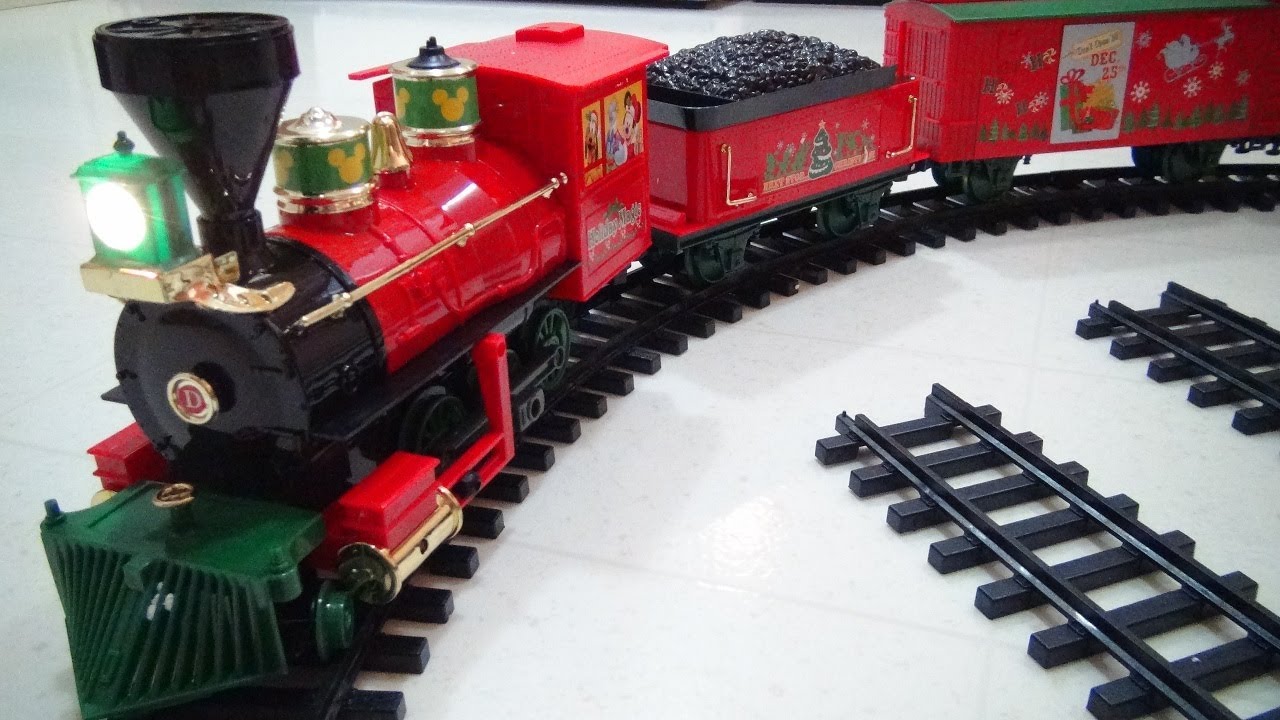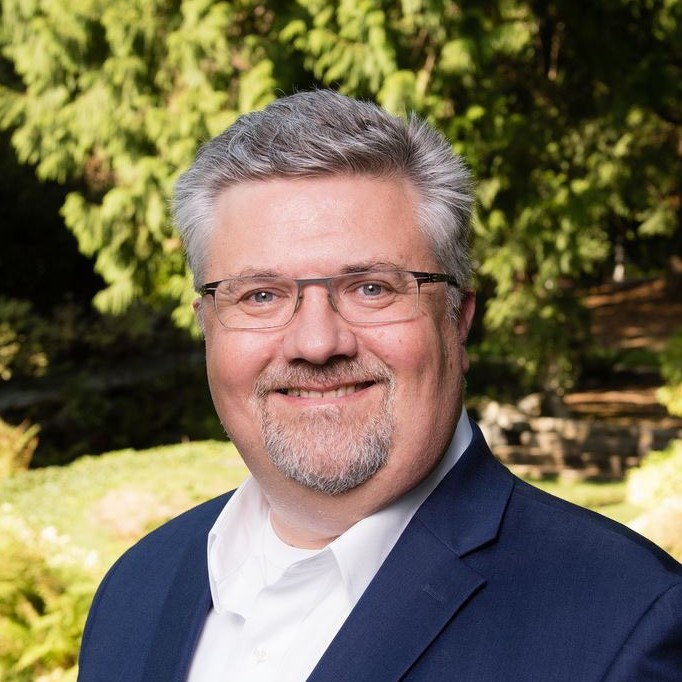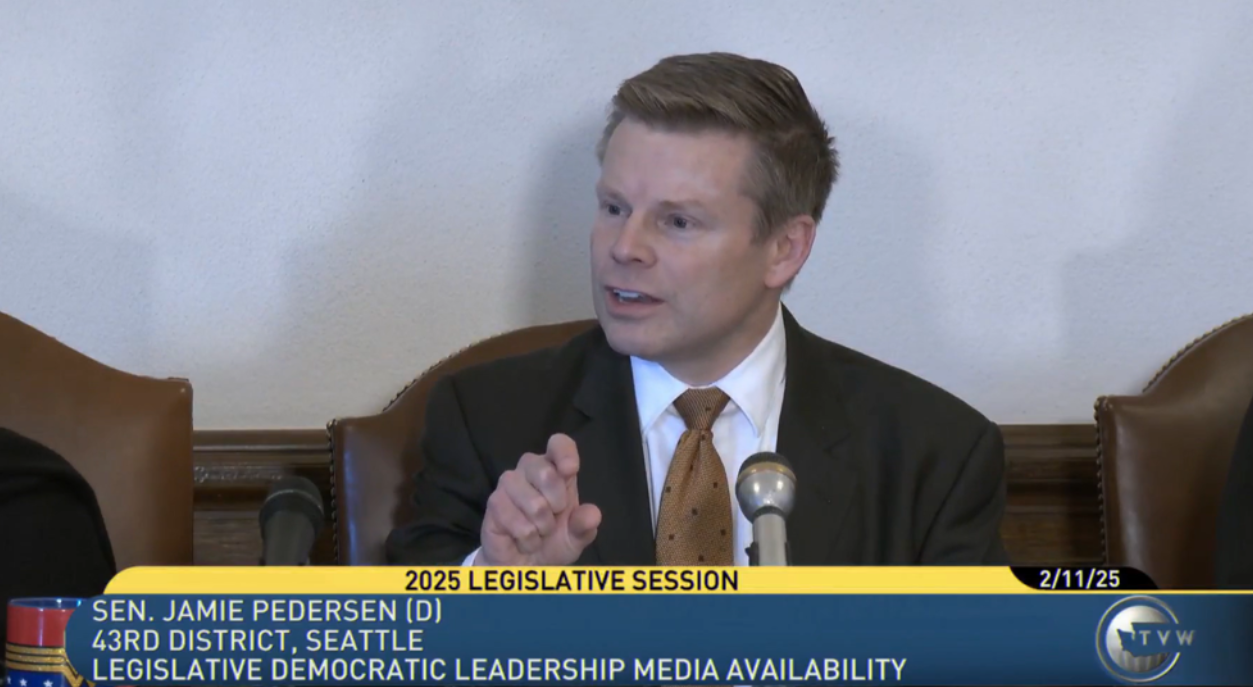Click here for a .pdf of this blog
Recently, California Governor Gavin Newsom declared the high speed rail project in his home state pretty much dead in its tracks. Quoted in the Sacramento Bee, Newsom stated, “Let’s be real, the current project, as planned, would cost too much and take too long.” Yet, despite the cost overruns, delays and eventual failure, Governor Jay Inslee is pushing for something similar here in Washington State. At a press conference last year, he noted, “When you build a high-speed rail line, you are building a monument to optimism.”
The proposal, even more ambitious than the California project, would connect Portland, Oregon to Vancouver B.C. and claims travel times of less than a hour to Seattle. The cost? No one really knows, but given the $100 billion spent in California, and Washington’s Sound Transit 3 costing at least $54 billion, it is going to be an eye-wincing number and something no one can afford. And that’s not considering the huge engineering effort and safety issues of running a 250-mph train through an active earthquake zone.
Washington State Department of Transportation (WSDOT) Secretary, Roger Millar, states he has given up on one of his primary job responsibilities to fix congestion, saying “it’s a problem we simply cannot solve” because it’s too expensive ($115 billion!) and futile (induced demand!). WPC refuted these claims here and here. With the high-speed rail project as a new priority, WSDOT demonstrates how disingenuous its concern about cost and widespread benefit really is.
If the state is willing to spend what is going to be hundreds of billions of dollars on a rail line that is already served by air transport and road, maybe it should consider instead using that money to build the freight and lane capacity we need and will use on a daily basis.
Millar argues it would take $115 billion to build the needed 451 miles of roadway to fix congestion. Suddenly that number looks small in comparison to the exorbitant capital and long-term maintenance costs of a high-speed rail line, not to mention the multi-billion-dollar debt Washingtonians would likely be saddled with for years to come (if oft-admired European experience with high speed rail is any indication).
The gigantic repayment cost also dwarfs the projected fare revenue that will be collected. The WSDOT business case analysis assumes the system will be up and operational by 2035. This, incidentally, is one year before Sound Transit has promised light rail will make it to Everett. Once it’s up and running, WSDOT predicts high speed rail will bring in between $190 and $300 million a year in fare revenues. A first-grade math student would tell you that with total operational costs of $3.5 billion a year, you will never repay the original cost of construction and can’t afford to even keep the system running. Additionally, the ridership fares won’t cover the replacement cost, estimated to be $465 million a year. If the Governor and WSDOT officials get their way, working families in Washington will be forced to add high-speed rail subsidy to their ever-growing list of tax expenses.
The WSDOT report states, “A significant proportion of funding required to deliver the infrastructure project is from local or regional sources rather than traditional public grants.” The burden of these higher taxes will be on the residents of areas surrounding the rail corridor. These additional taxes will particularly hit hard those already experiencing huge property, sales and car tax increases imposed by Sound Transit in the Puget Sound area. This will force up the cost of housing still further.
Instead of pursuing costly and ineffective “monuments to optimism,” the state should be looking at efficient ways to get people moving. This includes strategically adding general purpose capacity where it is needed most while supporting the testing and deployment of automated technology that can make better use of the capacity we already have. It also includes expanding flexible and cost-effective vanpools.
We should also focus on making better use of transit in dense areas where it is most effective and discontinuing expansion of service where it isn’t, instead encouraging collaboration with both public and private sectors to provide shared transportation services on lower-density routes.
As an example of private sector improvements, Paine field in Everett has recently added additional flights to Portland and has been a big plus to residents living in the north end of the Puget Sound. The public investment is minimal, but the benefit is huge in comparison to the proposals WSDOT is currently considering.
Let’s hope that the shiny new train doesn’t become a distraction over real congestion relief, and that the public isn’t forced to follow California’s failed experiment.





